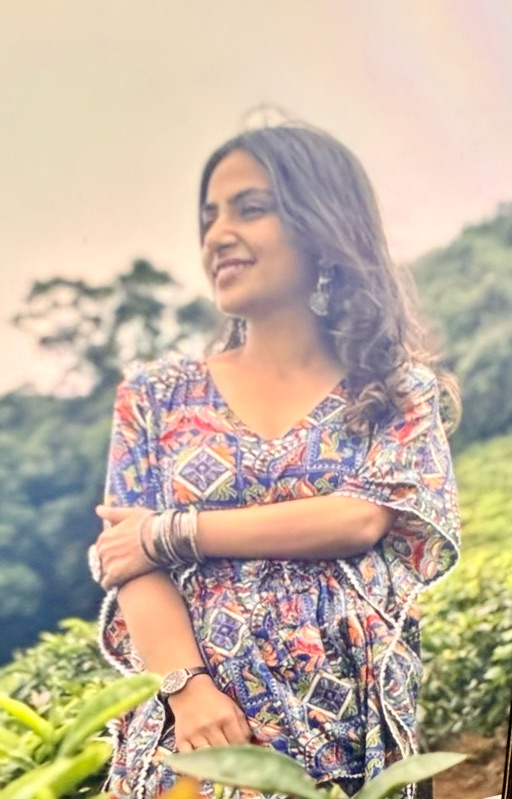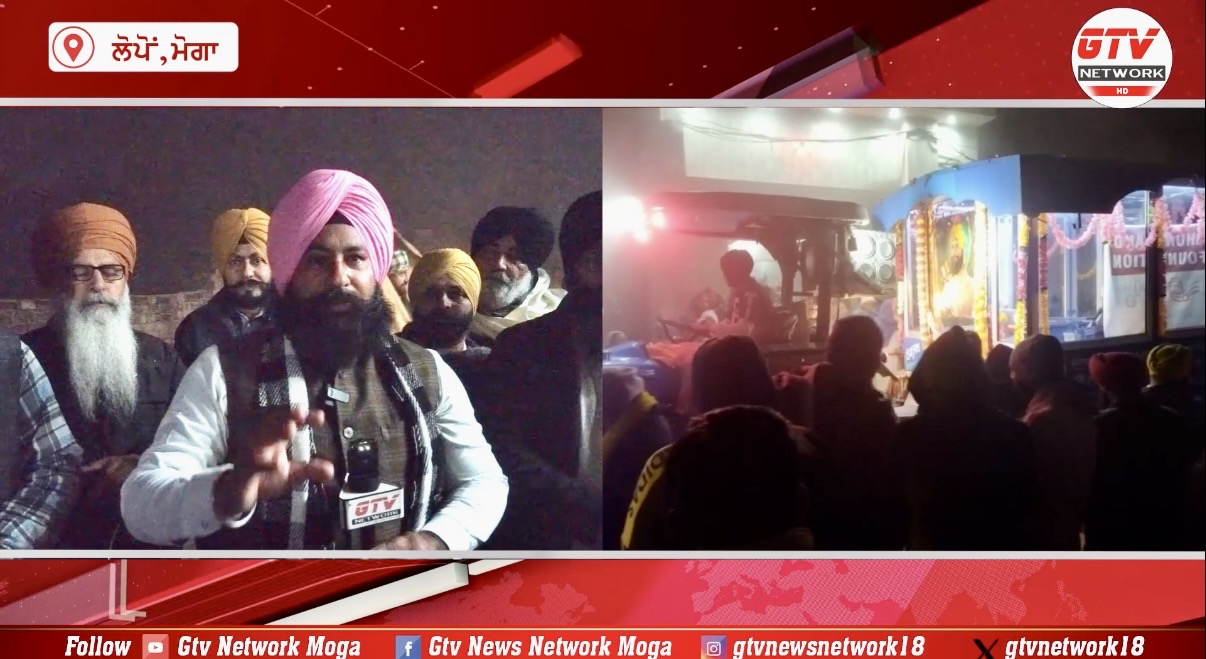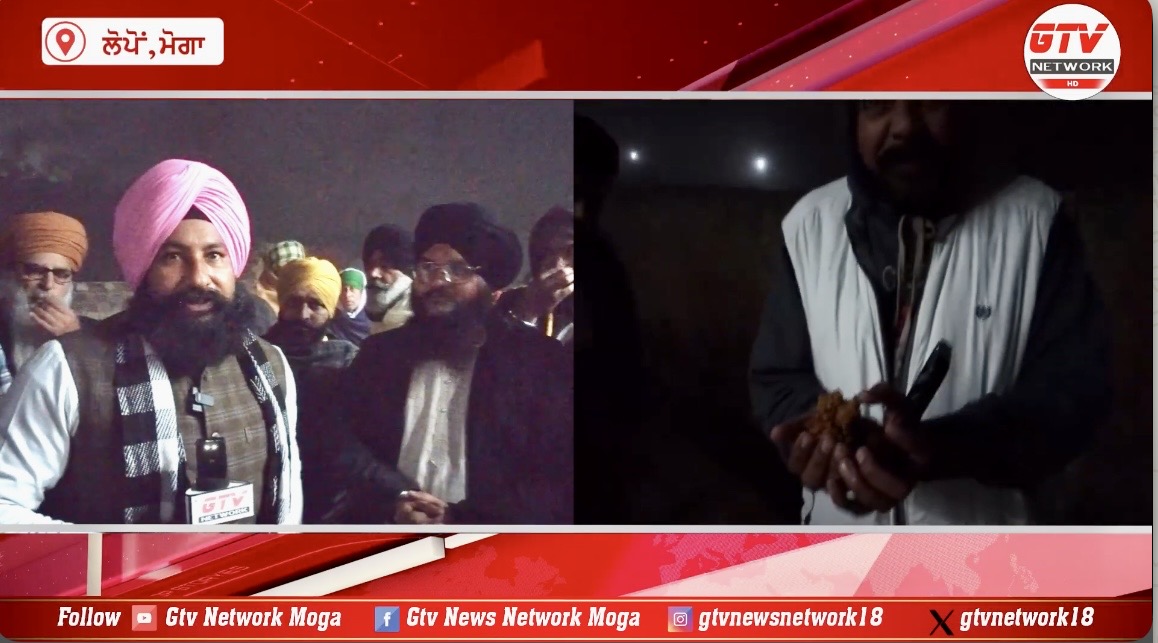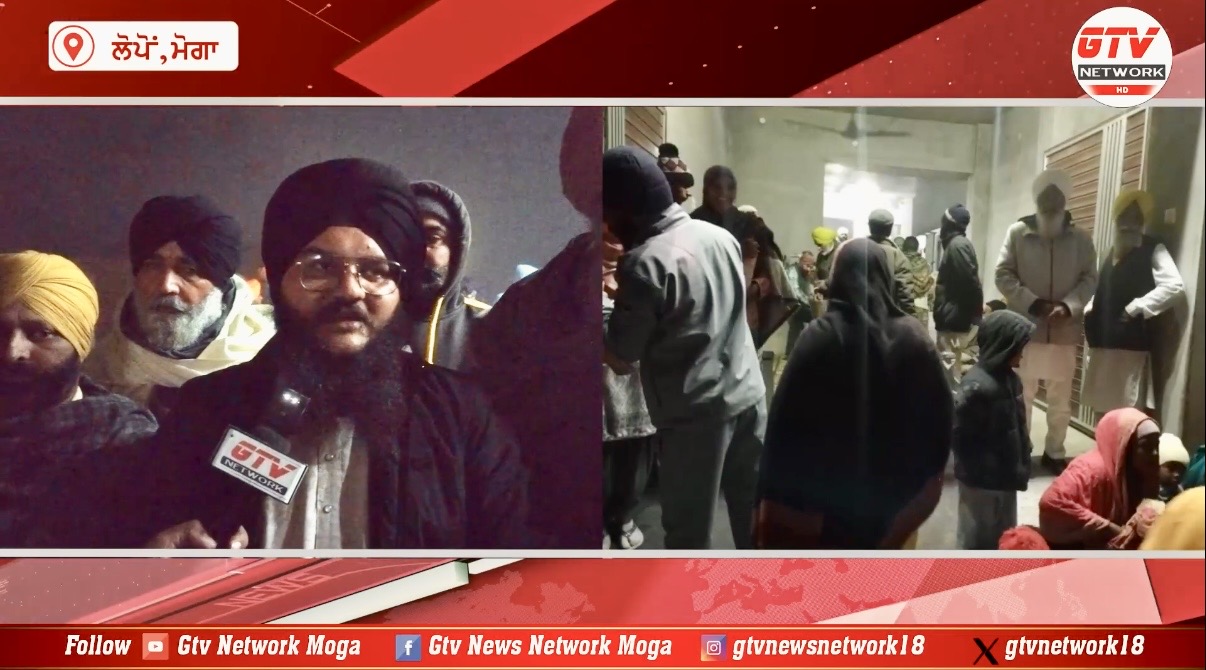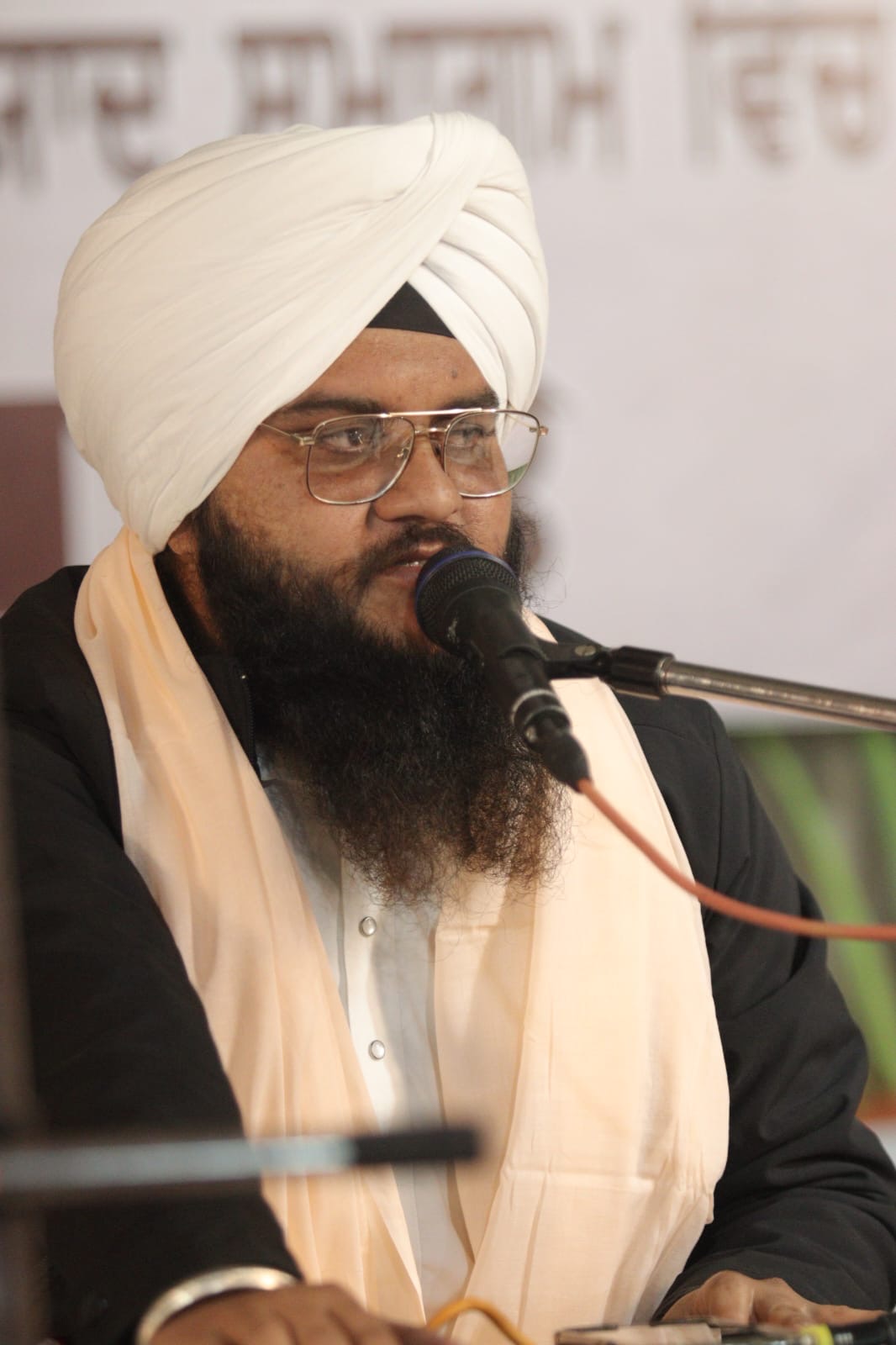‘Bally! Māfī Chā De’ -The Art of Living Together

Two real brothers in their 80s sitting shoulder to shoulder while eating on the same cot
Two Sikh brothers in their mid-eighties sit on the same cot, sharing a simple meal and warm conversation. One can only imagine how many times, perhaps a hundred thousand, they must have forgotten and forgiven each other over a lifetime. Yet here they are, peaceful and content, enjoying each other’s company.
This simple scene reminds us of a profound truth: relationships survive not because people are perfect, but because they choose to forgive.
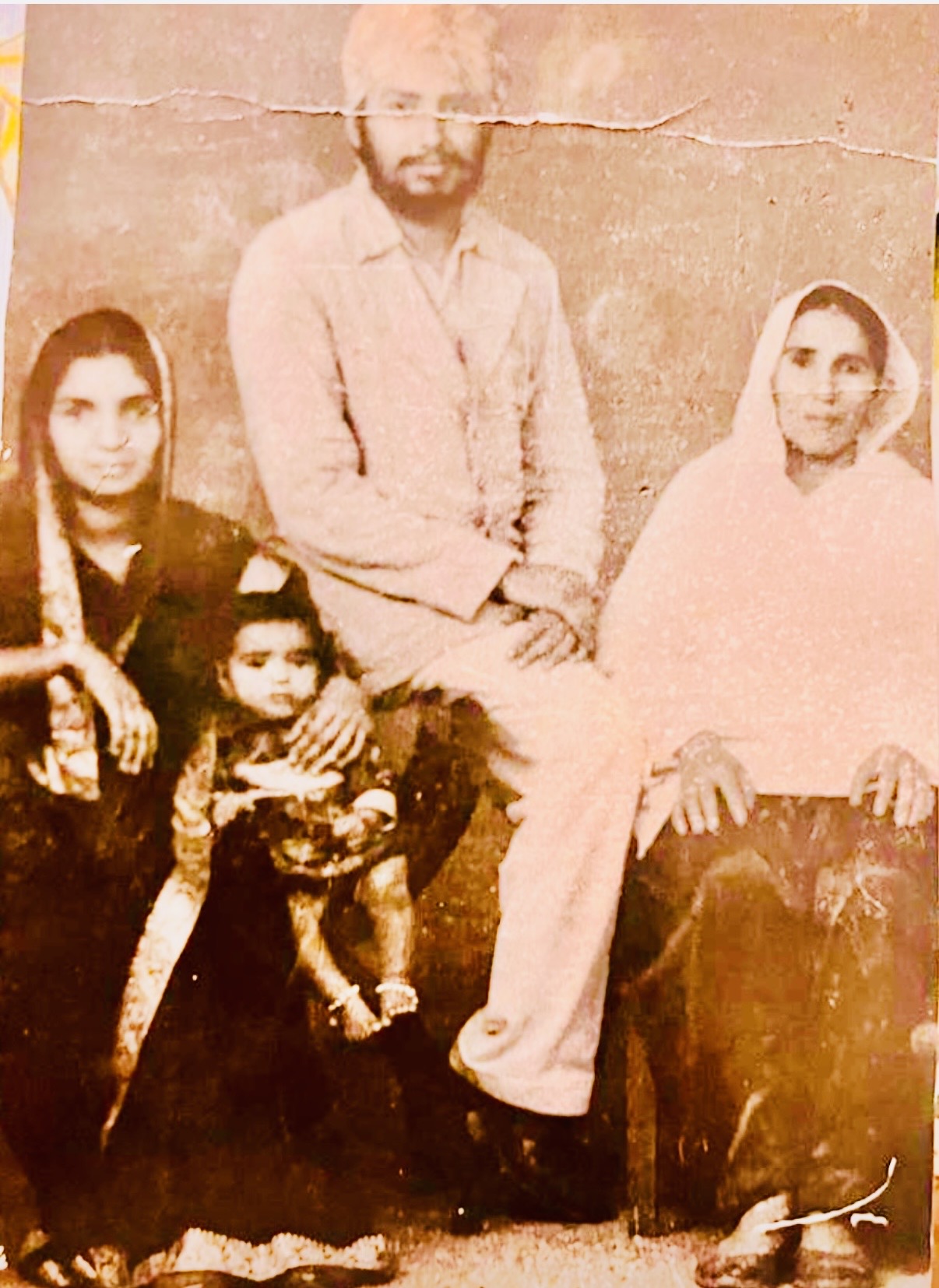
My grandmother Sdn Karam Devi Bhabhi ji with my Dad S Vasdev Singh and my mother Sdn Savitri Devi with sister Bhagwant in her lap - 1946 Karachi
It takes me back to my grandmother Bhabhi ji in her Multani tone, who would gently remind us during moments of conflict:
“O my Sweet heart! Have mercy and please forgive him/her - Bally, Māfī chā de.”
At the time, her words felt unreasonable, especially when emotions were high. But once anger settled, forgiveness came easily, and the heart felt lighter.
Life demands tolerance, especially in close relationships, most of all between husband and wife. In today’s fast-paced world, we are so busy that we forget how to forgive.
Forgiveness is not weakness; it is wisdom.
Forgetting is not loss; it is freedom.
Have mercy. Forgive. ‘Bally! Māfī chā de’
